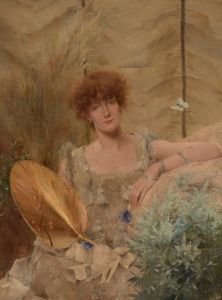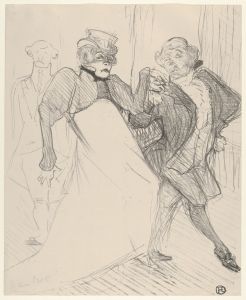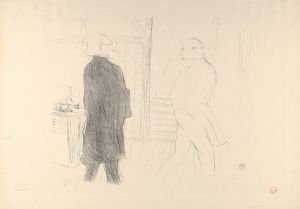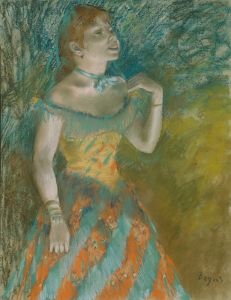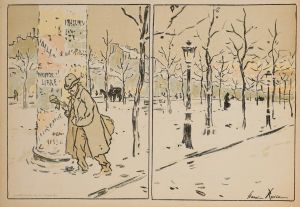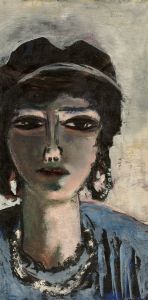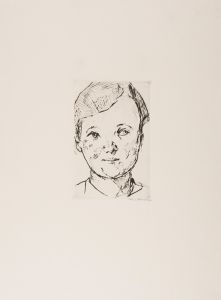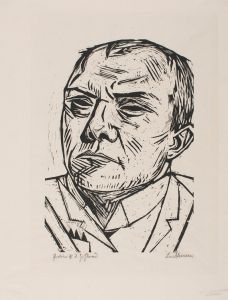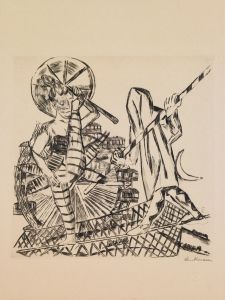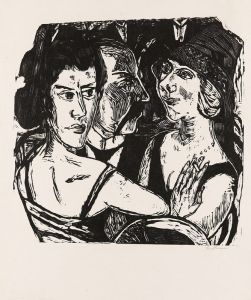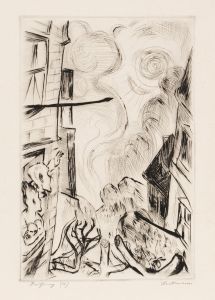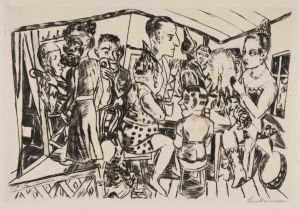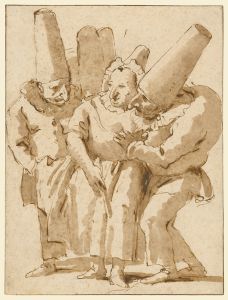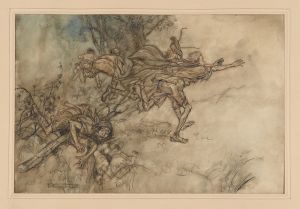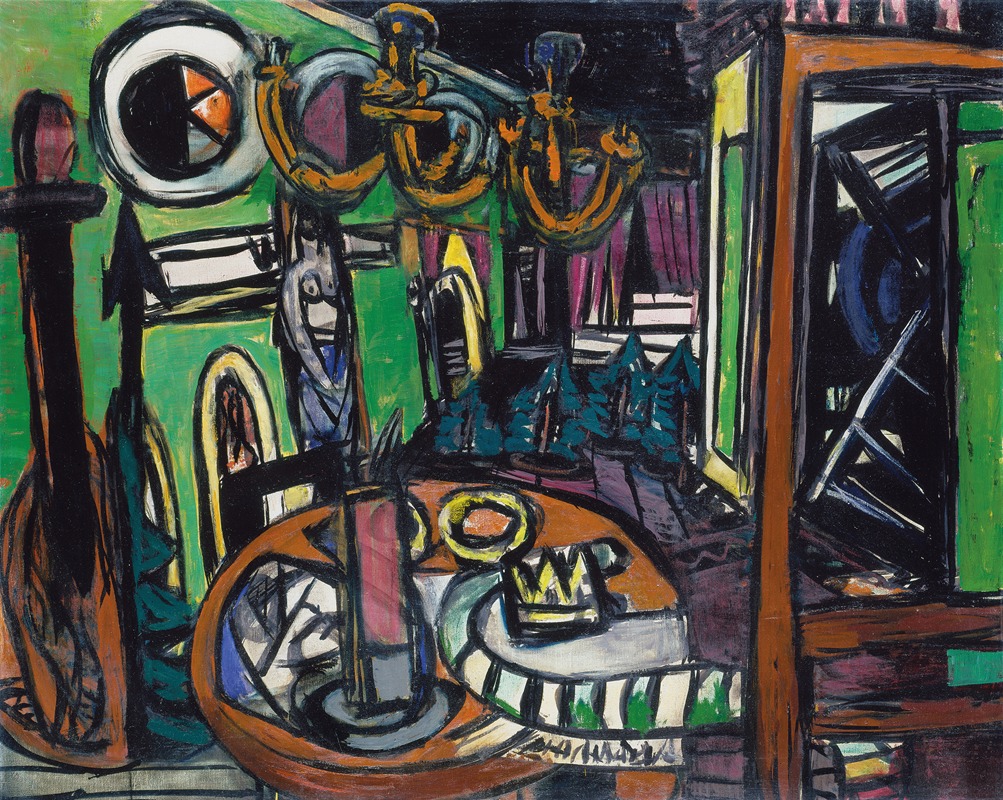
Backstage
A hand-painted replica of Max Beckmann’s masterpiece Backstage, meticulously crafted by professional artists to capture the true essence of the original. Each piece is created with museum-quality canvas and rare mineral pigments, carefully painted by experienced artists with delicate brushstrokes and rich, layered colors to perfectly recreate the texture of the original artwork. Unlike machine-printed reproductions, this hand-painted version brings the painting to life, infused with the artist’s emotions and skill in every stroke. Whether for personal collection or home decoration, it instantly elevates the artistic atmosphere of any space.
"Backstage" is a painting by the German artist Max Beckmann, created in 1928. Beckmann, born in 1884, was a prominent figure in the German Expressionist movement, although his work is often associated with the New Objectivity (Neue Sachlichkeit) movement, which emerged in Germany in the aftermath of World War I. This movement was characterized by a realistic style combined with a critical social commentary.
The painting "Backstage" is a significant example of Beckmann's mature style, which often featured complex compositions and a distinctive use of color and form. The work depicts a scene behind the curtains of a theater, capturing the moments before or after a performance. The setting is crowded with figures, each engaged in various activities, creating a sense of dynamic movement and tension.
Beckmann's choice of a backstage setting reflects his interest in the theater and performance, which were recurring themes in his work. The theater, for Beckmann, was a metaphor for the human condition, a place where the boundaries between reality and illusion blur. This theme is evident in "Backstage," where the figures appear both as actors and as real people, highlighting the duality of their existence.
The composition of "Backstage" is complex, with multiple figures arranged in a tightly packed space. Beckmann's use of bold lines and contrasting colors creates a sense of depth and movement, drawing the viewer's eye across the canvas. The figures are rendered in a stylized manner, with exaggerated features and expressions that convey a range of emotions, from anxiety to anticipation.
Beckmann's work often included autobiographical elements, and "Backstage" is no exception. The artist himself had a deep connection to the theater, having worked as a stage designer and having been influenced by his experiences during World War I. The chaotic and often surreal nature of the backstage environment in the painting can be seen as a reflection of the tumultuous period in which Beckmann lived and worked.
"Backstage" is also notable for its social commentary. The painting can be interpreted as a critique of the performative aspects of society, where individuals are constantly playing roles and hiding their true selves. This theme is reinforced by the masks and costumes worn by some of the figures, symbolizing the façades people adopt in their daily lives.
Max Beckmann's "Backstage" is housed in the Museum of Modern Art (MoMA) in New York City, where it is part of the museum's extensive collection of 20th-century art. The painting is considered one of Beckmann's masterpieces and is frequently studied for its artistic and historical significance.
In summary, "Backstage" by Max Beckmann is a powerful and complex work that captures the artist's fascination with the theater and its metaphorical implications. Through its dynamic composition and expressive figures, the painting offers a compelling commentary on the nature of performance and the human condition.





